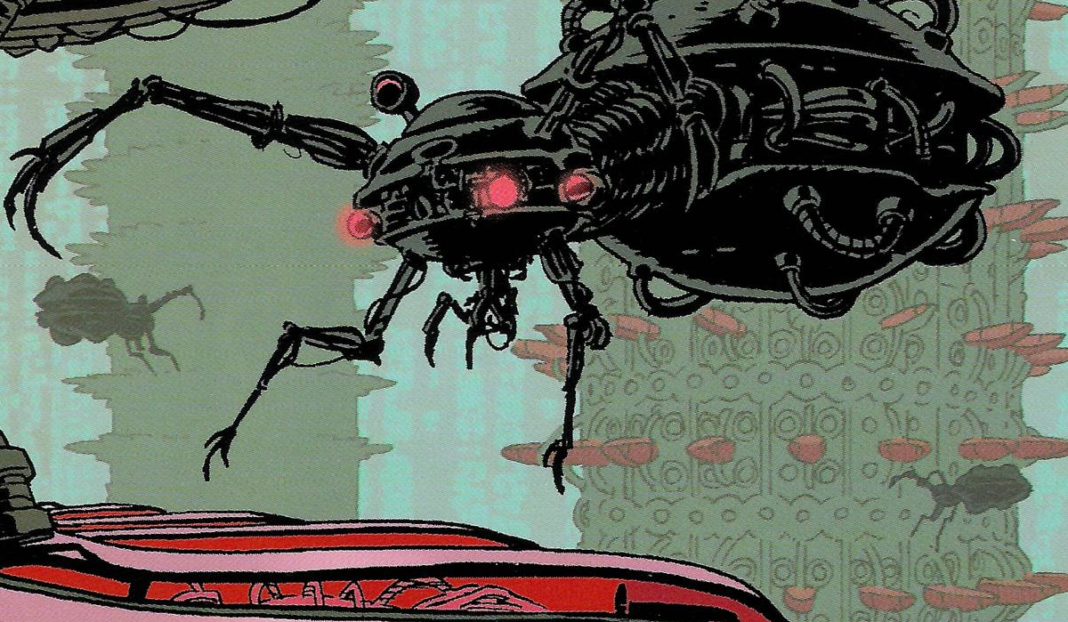
Publisher: Burlyman Entertainment
Has it really been two decades since Lana Wachowski and Lilly Wachowski released The Matrix and blew our collective minds? It seems almost impossible to remember a time before the watershed cyberpunk masterpiece, which remains nearly universally recognized as one of the greatest science fiction movies of all time – as well it should.
However, the Wachowski sisters had always envisioned The Matrix to be a narrative that expanded beyond the boundaries of the movie. As collection editor Spencer Lamm explains in the introduction, the idea for comics that expanded the world of The Matrix was first brought up in 1998, even before the first movie had been green-lit.
The introduction also details the process of recruiting comic creators before the movie had been released, sometimes relying on pre-existing connections and other times simply sending an email with an inquiry and the movie’s screenplay. The result is a collection that includes some of the biggest names in comics building castles in the sandbox designed by the Wachowskis, and as such, this book is a must-have for anyone who wants to take a deeper dive into the world of The Matrix.
The Matrix Comics: 20th Anniversary Edition
Originally conceived of as ten comics to be released on the Matrix website, The Matrix Comics: 20th Anniversary Edition includes twenty-eight comic stories, as well as a gallery of pin-ups and cover art. The comics were originally posted on the website, which also featured a plethora of behind-the-scenes features, interviews, photographs, and video content.
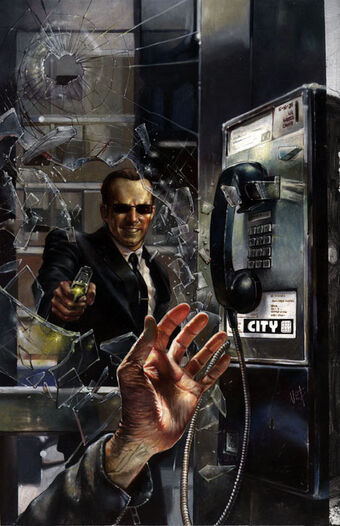
In addition to collecting the comics themselves, The Matrix Comics: 20th Anniversary Edition serves as something of a record of the website, which was produced and directed by Redpill Productions, founded by Lamm. The end-pages are covered in tiny text that reproduces some of the copious updates on the movie production that were posted on the site in the early 2000s before social media made such detailed glimpses of moviemaking more commonplace.
The book itself is a beautiful hardcover that faithfully reproduces the stories in a format familiar to regular readers of print comics. At 400 pages, this volume may be a bit too cumbersome for reading on the go and is probably best enjoyed in a comfortable chair – preferably near a landline, just in case you hear an unexpected knock on the door mid-comic.
As far as the comics themselves are concerned, rather than focus on Trinity, Morpheus, Neo, or any characters or plotlines familiar from the movies, the stories in this collection are focused on expanding the world and exploring the implications of the ideas raised by the movie. Interested in finding out what the action sequences look like for those “possessed” by an Agent? What challenges awaited the first humans who escaped from imprisonment within the Matrix? How does the general population within the Matrix react when confronted artistic renderings of the Sentinel robots that patrol the artificial wombs in which human bodies are imprisoned in the “real world”?
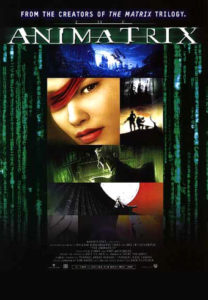
If this reminds you of The Animatrix, there’s a good reason for that. For one thing, Lamm, who edited these comics, was a producer on The Animatrix. Like the comics included in this collection, many of the short films included in The Animatrix were originally posted on the Matrix website.
One of the comics in the collection, “Bits and Pieces of Information” (written by the Wachowskis with art by Geof Darrow, the lead concept designer for the Matrix movies), served as the basis for the Animatrix shorts “The Second Renaissance Parts I & II” (written and directed by Mahiro Maeda).
Another comic in the collection, “I Kant” (story & art by Kaare Andrews with color by Dave McCaig), is a sequel to the Animatrix short “Kid’s Story” (which was written and directed by Shinichirō Watanabe).
There is also a more abstract comparison to be made between The Animatrix and this collection: both feature short, largely self-contained stories that allow creators to tell stories within the world of the Matrix in a variety of different artistic, narrative and structural styles. Some stories are presented in black and white, and two of them more closely resemble illustrated prose stories than “traditional” comics; some of the art styles are cartoony while others are nearly photo-realistic.
It isn’t just the art styles that encompass a full spectrum: the perspectives represented by the characters in the comics run the gamut from individuals too rebellious to even abide by Zion’s rules all the way to those who wish to be re-inserted into the Matrix. A few stories are even told from the perspective of “Bluepills,” those plugged-in individuals who never suspect the actual nature of the virtual reality in which their consciousness is imprisoned.
Some of the Stories
The temptation to list all 28 comics is nearly overwhelming, but in the interest of saving some surprises for the reader, here is a brief survey of just a few of them.
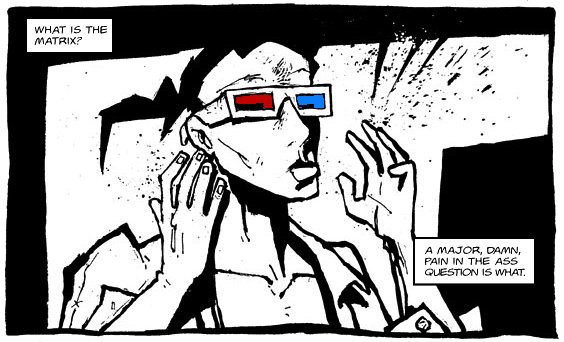
In “A Life Less Empty” by Ted McKeever, a hacker who decided to take the blue pill rather than the red pill laments her decision. The distinctive art style of the comic – and the restrained application of color – is particularly effective in expressing the mindset of a woman who made the wrong decision and now must live with the consequences.
“Goliath,” written by Neil Gaiman with art by Bill Sienkiewicz versus Greg Ruth, is an illustrated prose story that takes some of the concepts introduced by the Wachowskis in The Matrix and runs them to their logical conclusion, recalling some of the best classic sci-fi short stories. The understated illustrations, particularly the one on the final page of the story, are a perfect accompaniment to the mind-bending tale.
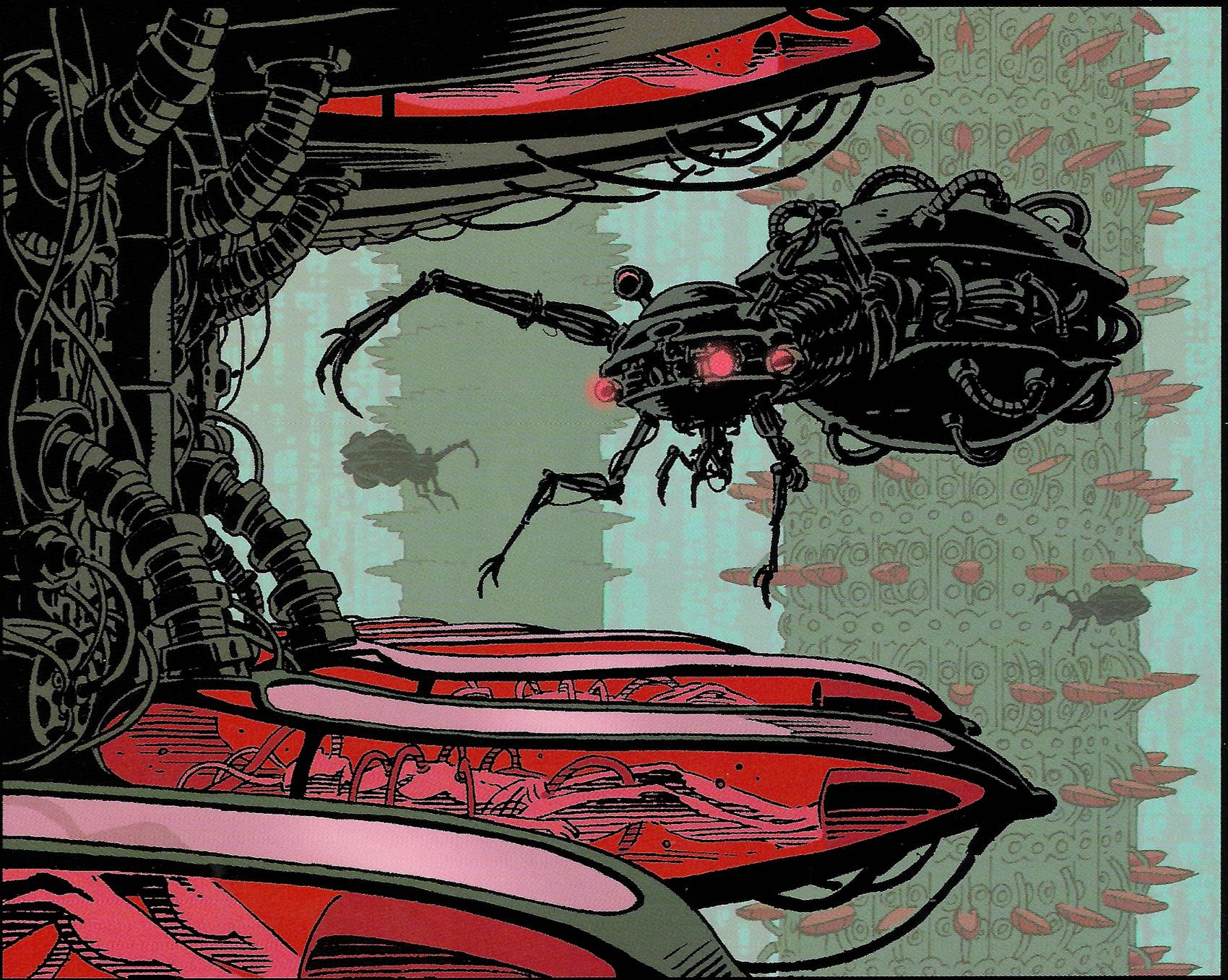
“Butterfly” by Dave Gibbons is an awe-inspiring exercise in form, as one might expect from the artist behind Watchmen, with two parallel storylines violently colliding after several pages of being sequestered from one another.
One of the longest stories in the collection, “There Are No Flowers in the Real World” by David Lapham, follows a character that becomes trapped inside the Matrix when his ship in the Real falls under the attack of Sentinel robots that kill the rest of his crew and leave his physical body to die.
Other stories reference great works of literature: “Hunters and Collectors” (by Greg Ruth) pays homage to Moby Dick, while “A Sword of a Different Color” (story and art by Troy Nixey with color by Dave McCaig) alludes to Don Quixote.
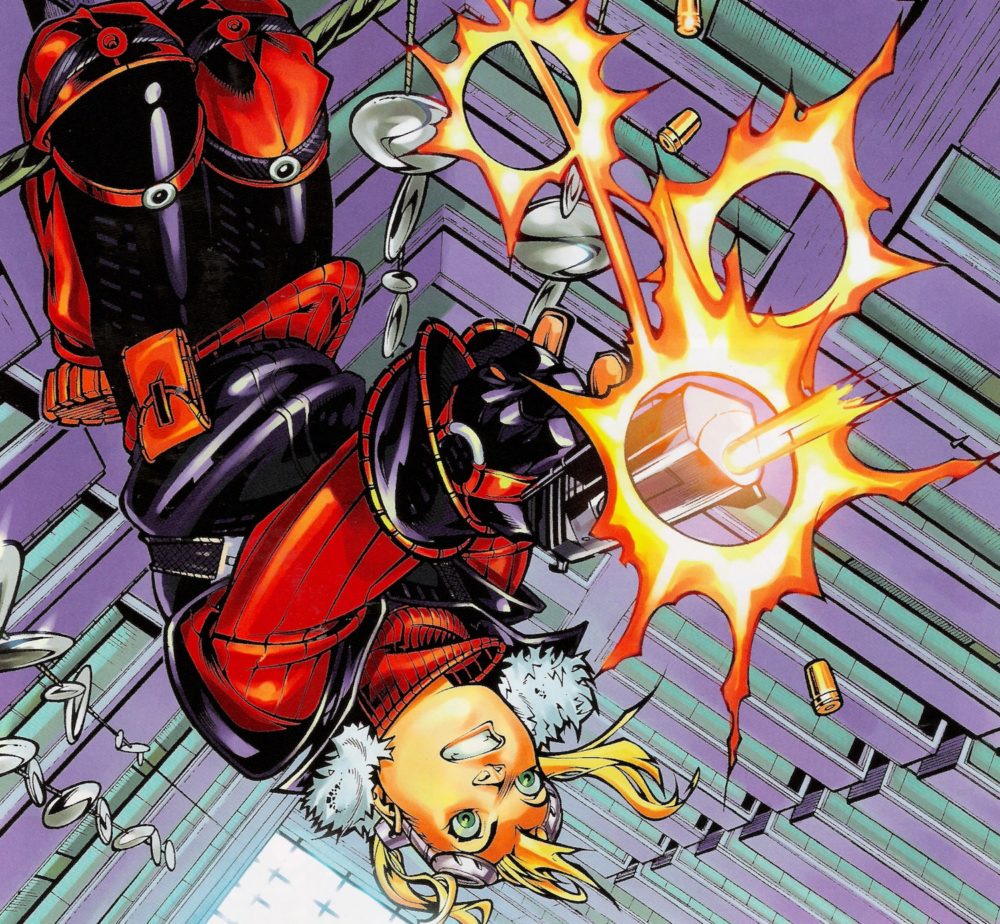
The best stories integrate both the action and the philosophy that were central tenants of the movies, like “Run, Saga, Run” (written by Lamm and with art and colors by Keron Grant). This story follows Saga, one of the children entrusted to the care of the Oracle, as she faces off against the insidious Agents. The chase replicates the movement of the movie action sequences so effectively you might find yourself questioning whether or not the images on the page weren’t actually moving.
While each of the stories is largely self-contained, there are Easter eggs connecting them to one another, such as the hovercraft “Pequod,” which is mentioned in two different comics. Details like this add texture to the world of the Matrix, while also ensuring that pulling this volume off the shelf time and time again will prove to be a rewarding experience.
The Matrix Has You
While the collection runs to 400 pages, it’s a testament to the world conceived of by the Wachowskis and the talent of the contributing comic creators that the reader will nevertheless be left wanting more when the final page has been turned.
Fortunately, more is on the way, with The Matrix 4 headed to theaters in 2021. Until then, The Matrix Comics: 20th Anniversary Edition is an excellent way to occupy your time.


